
By Terrance Woodbury and Roshni Nedungadi
As we round the corner of the primary season and head toward the general election, we are seeing many key groups coalesce around the Democratic Party’s presumptive nominee, Joe Biden. One group, however, young voters aged 18-29, are displaying some concerning signs that they may not follow accordingly.
Three major red flags that have been thrown up recently should concern Democrats and the Biden campaign about the youth vote and have the potential to cede key swing states to Donald Trump: One, Biden trailed Obama and Clinton with support from young voters during the Democratic primary; Two, young voters are already supporting a 3rd Party Candidate that does not exist; Three, Trump is currently gaining momentum with young voters.
Young voters are a crucial part of the Democratic coalition. Millennials and Gen-Z combined now make up the largest eligible voting bloc and in 2018 voters ages 18-29 voted for Democrats by a 34-point margin. However, young voters are by no means automatic Democratic votes — in fact, as many young voters identify as Independents as they do Democrats.
To maximize the potential of young voters in the 2020 cycle and beyond, Democrats must overcome three major barriers:
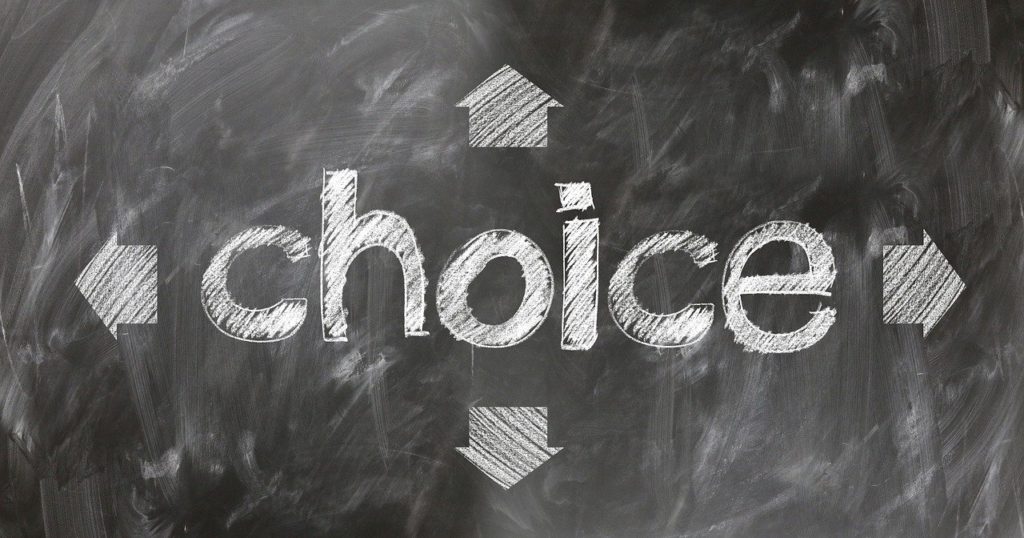
- Young voters are more likely to vote third party than any other age group. In 2016,
9 percent of voters 18-29 voted third party, compared to 3 percent of voters over 65.
R ecent polls show the threat of third party defection with young voters even greater in
the 2020 cycle.
- Young voters are also infrequent voters. In 2018, only 38 percent of women and 33 p ercent of men under 30 voted. This trend continued in the 2020 Democratic primary where participation of young voters dropped in almost every battleground state, indicating a lack of motivation to turn out even when faced with the most diverse and progressive slate of Democratic candidates ever.
- Young voters tend to be much more progressive and driven by Ideology rather than party loyalty. According to a poll HIT Strategies did with Alliance for Youth Action, the top two reasons voters under 35 vote is to “Make a difference on issues that matter” (59 percent) and to “support candidates I like” (39 percent).
Despite these, not enough attention is being paid to the potential for young voters to throw the election to Trump in key swing states by voting third party or not showing up to vote at all. A recent poll from the Harvard Institute of Politics shows Biden leading Trump among young voters by 30 points — a large margin for any group of voters.
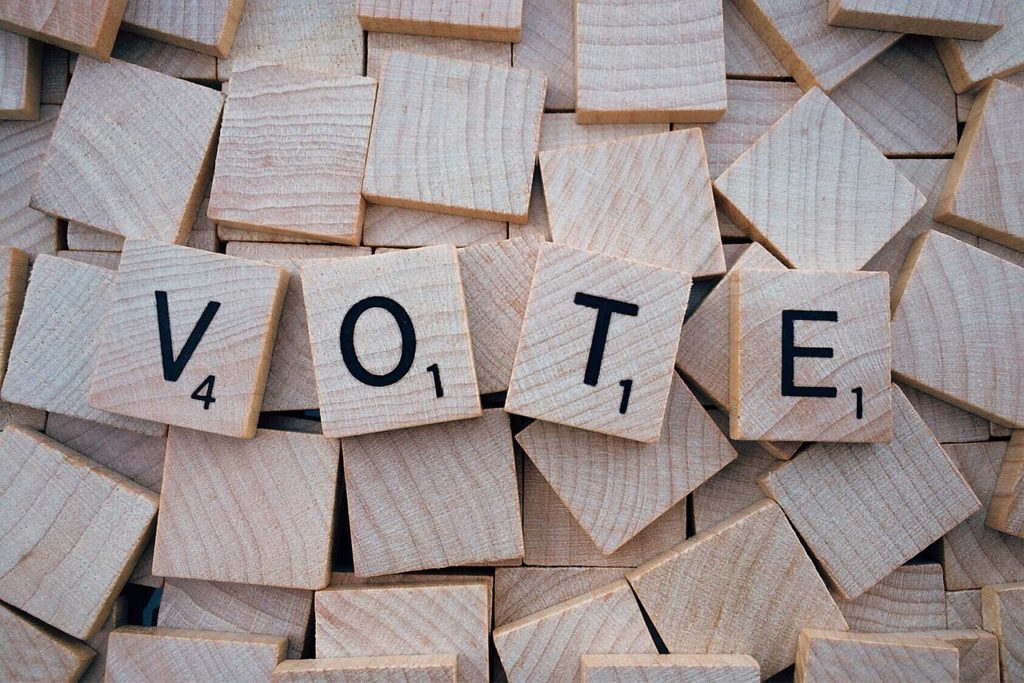
While Biden does currently hold a lead among young voters, those numbers should not be taken at surface level alone. The poll finds that Joe Biden leads President Donald Trump among young Americans age 18-29, 51 percent to 28 percent, in a head to head match-up. This falls in line with what other polls are saying as well, but once you put those numbers into a broader context, the story becomes a little less clear-cut.
In the same survey respondents are separately asked about their vote preference, but with a third party candidate added to the presidential options. With the third party candidate included, Biden’s support among young voters drops by 12 points and he gets 39 percent support to Trump’s 25 percent, with 16 percent voting third-party and 19 percent undecided.
After a contentious primary and multiple reports of politicians considering third party bids, we should assume there will be at least one major third-party candidate. More alarmingly, this large shift can be partly attributed to Biden’s support dropping from 91 percent to 64 percent among the youth segment of “Engaged Progressives” — the group most likely to say they are definitely voting. That means the same young voters who are most likely to vote in November are also those most likely to vote third party.
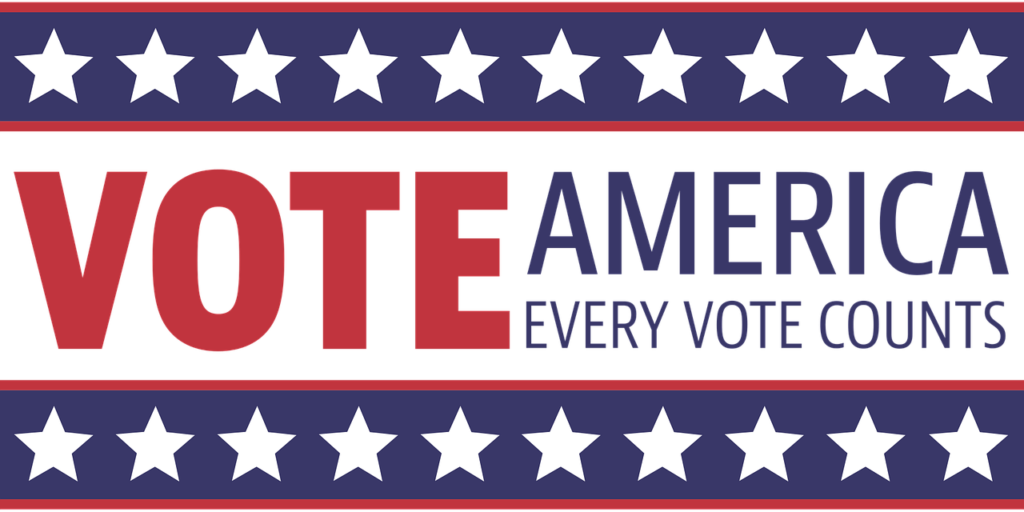
History provides some additional context that makes Biden’s support with young voters concerning. By Super Tuesday of the 2008 Democratic primary, Obama had consolidated 66 percent of all voters under 30, a youthful enthusiasm that would eventually propel him into the White House. By Super Tuesday of 2016, Clinton had received only 26 percent of young voters, a youthful resentment that led to third party defection. By Super Tuesday of this year, Biden had the same support as Clinton with only 26 percent of the votes cast by young people in the Primary.
Recent trends seem to show Biden’s appeal to young voters further decreasing. According to polls conducted in April by both Y ouGov and Quinnipiac, Biden’s support among voters 18-29 has dropped by at least 10 percent. These polls also show Trump gaining momentum among young voters at the same time his mishandling of COVID-19 has left them the most economically vulnerable.
And this is the state of the race before Republicans aim their extremely well funded, 24/7, Russian-amplified propaganda machine on Biden, revealing a 40-year political record that at times conflicts with the deeply-held progressive values of many young voters.
If Democrats want to get serious about attracting and retaining young voters into the coalition then they need to start reframing the conversation to focus less on the top-of-the-ticket horserace and more on values and issues that are important to young voters. This can be realized with effective, targeted messaging created by people who know these voters, understand their priorities, and know how to reach them.
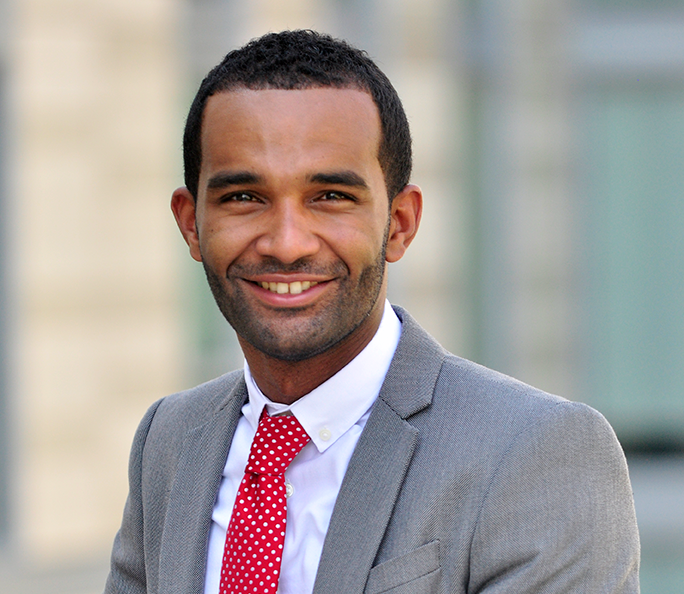
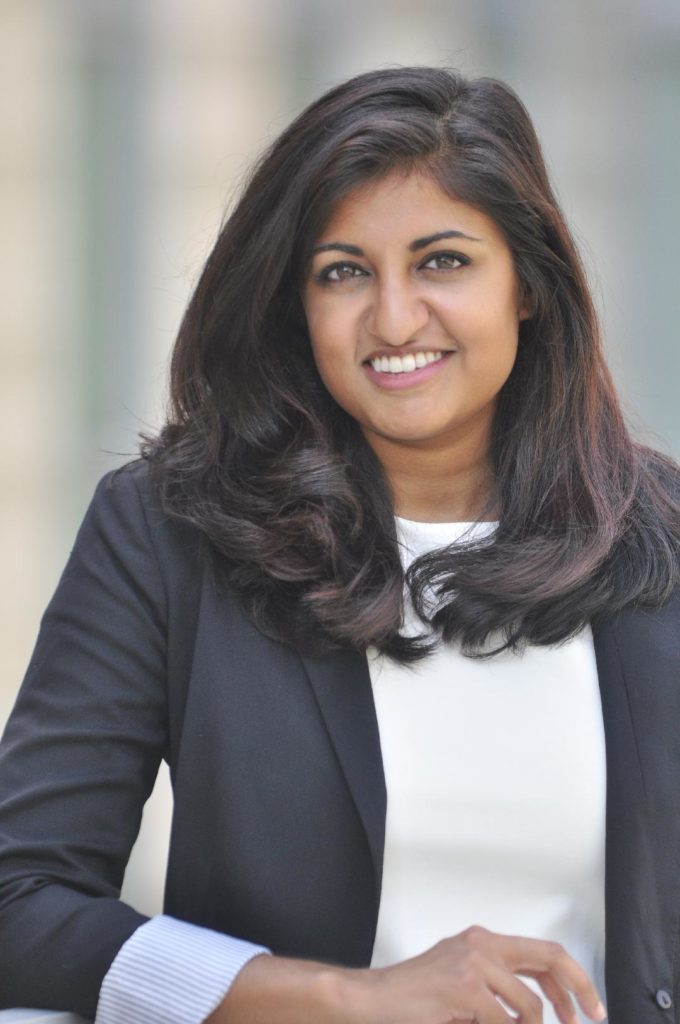



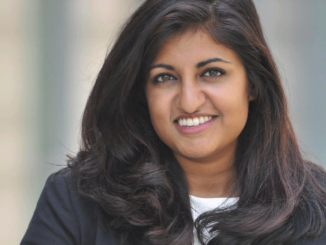
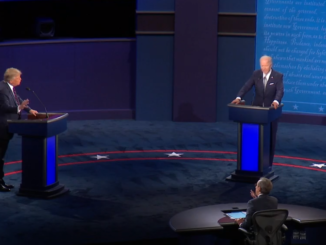
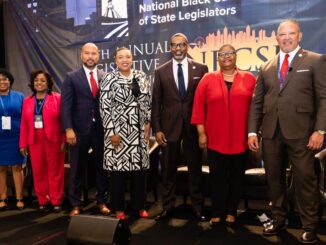
Be the first to comment